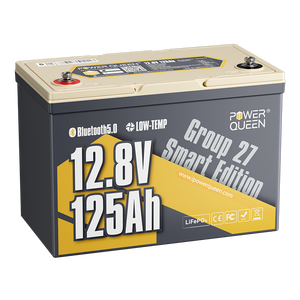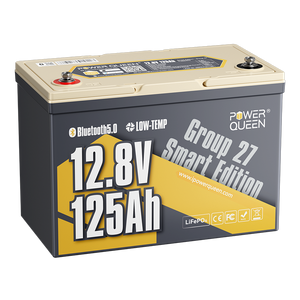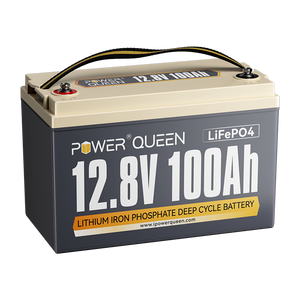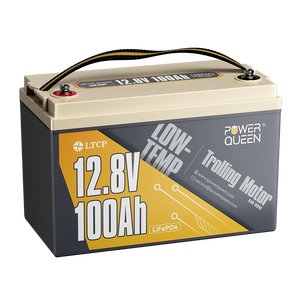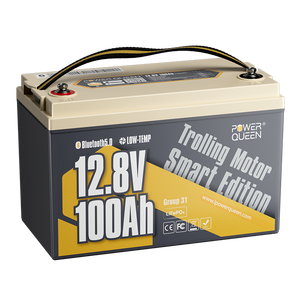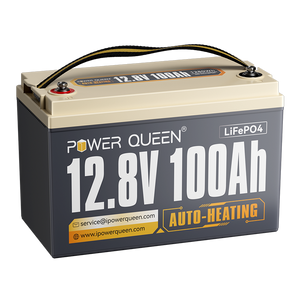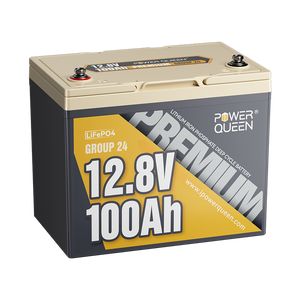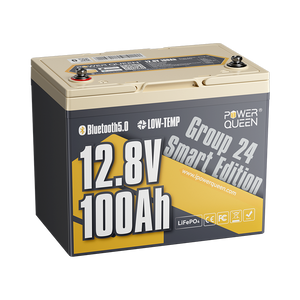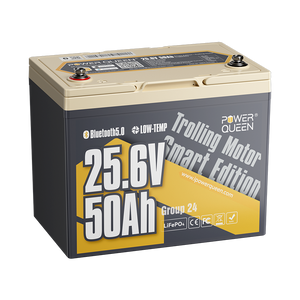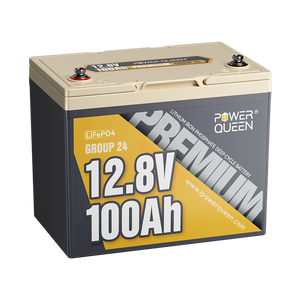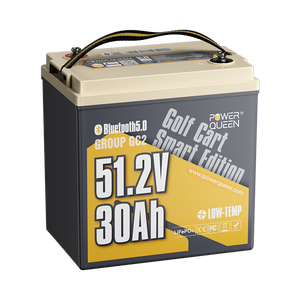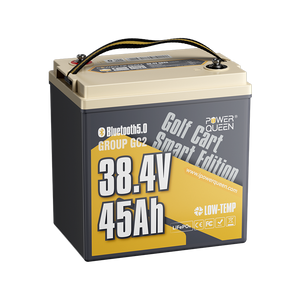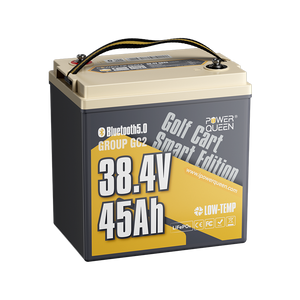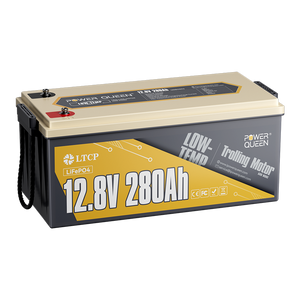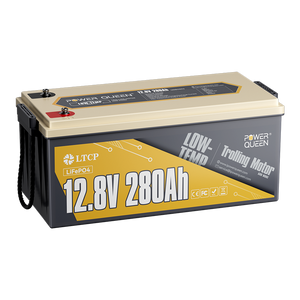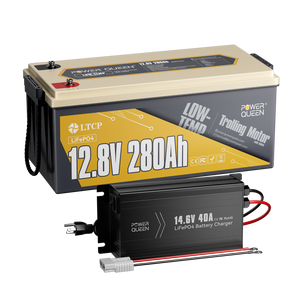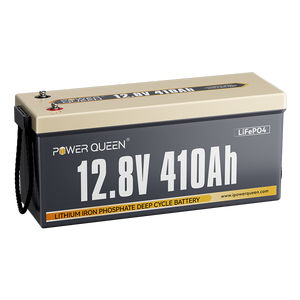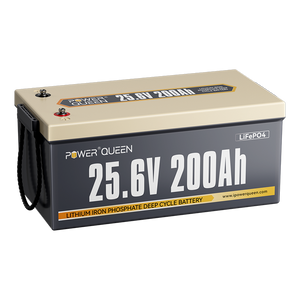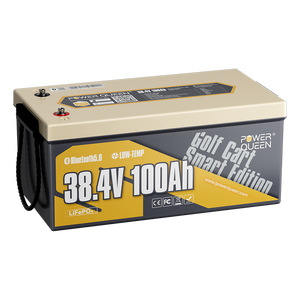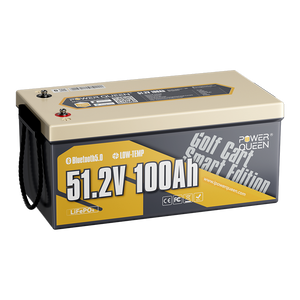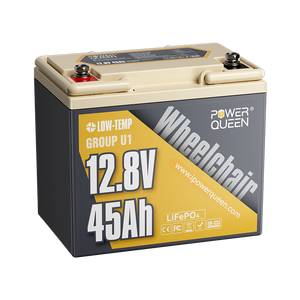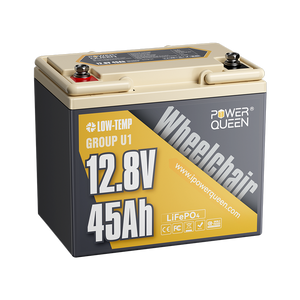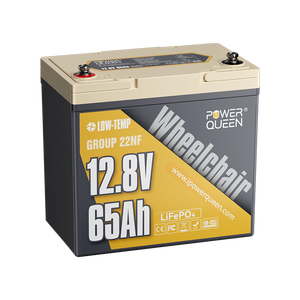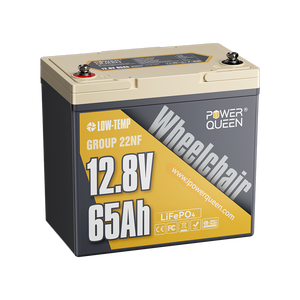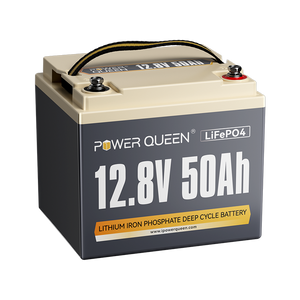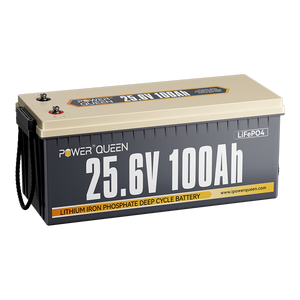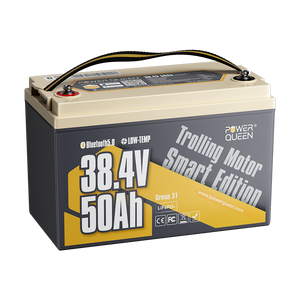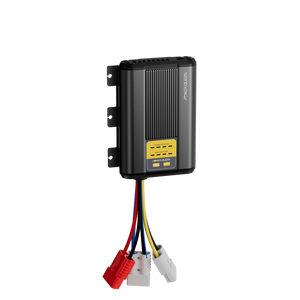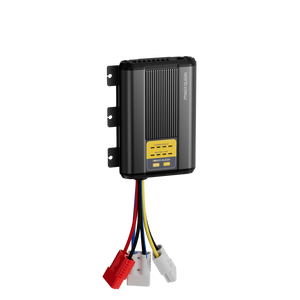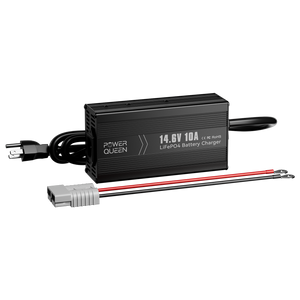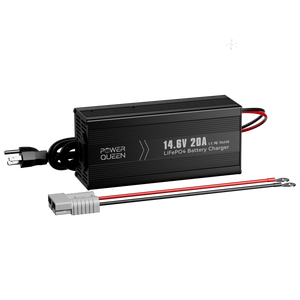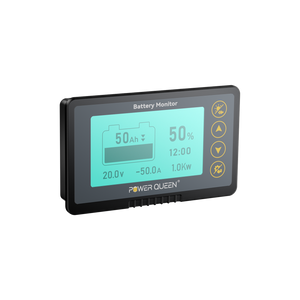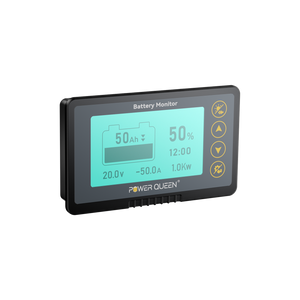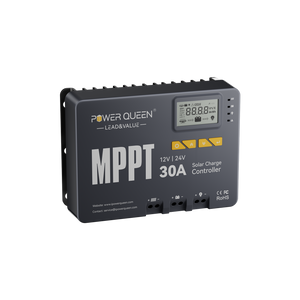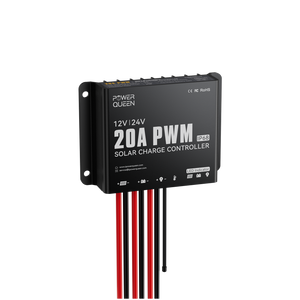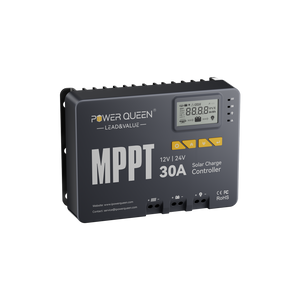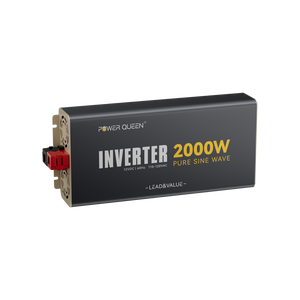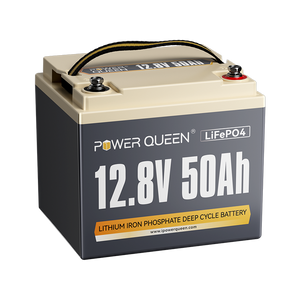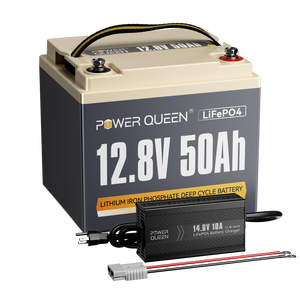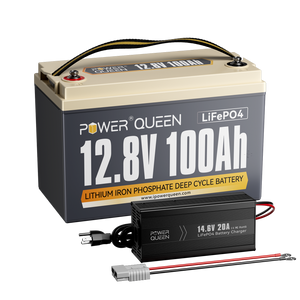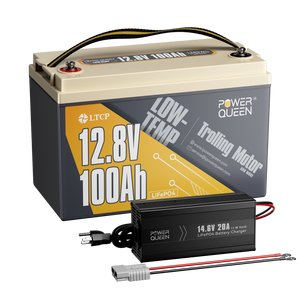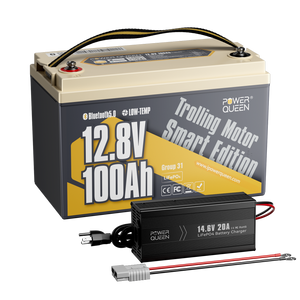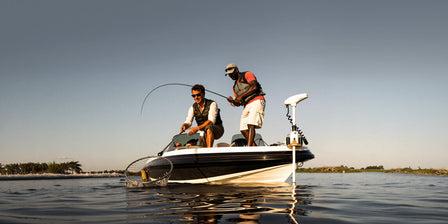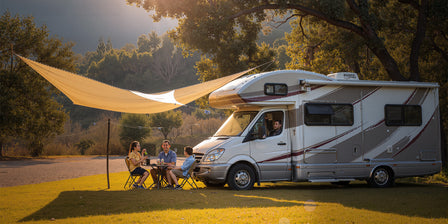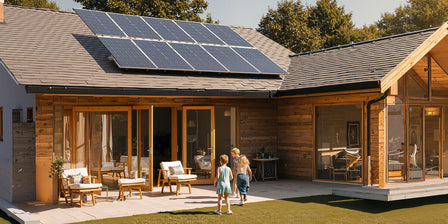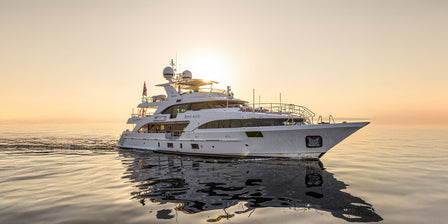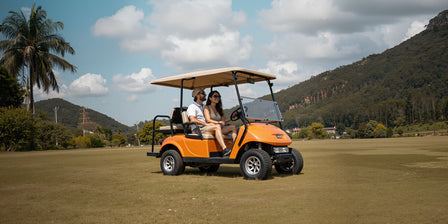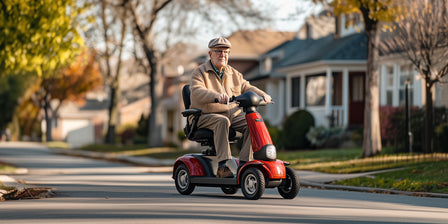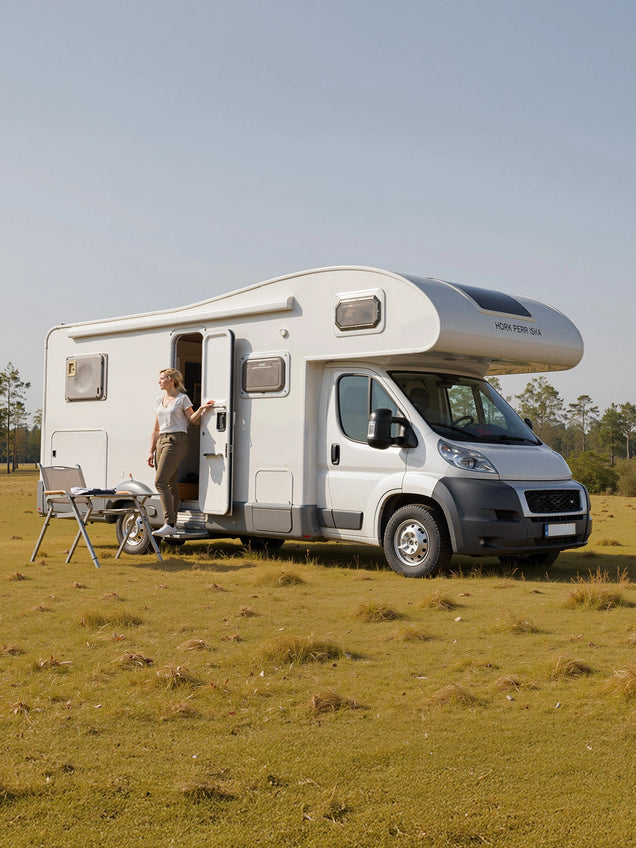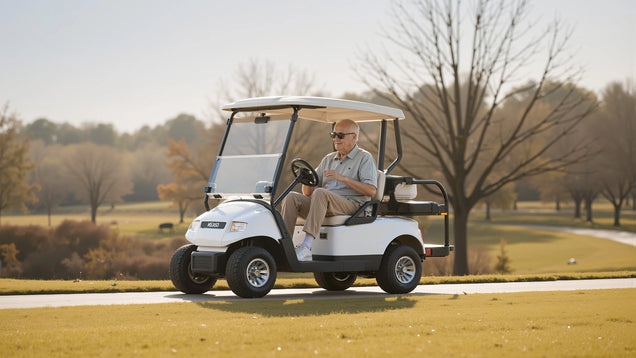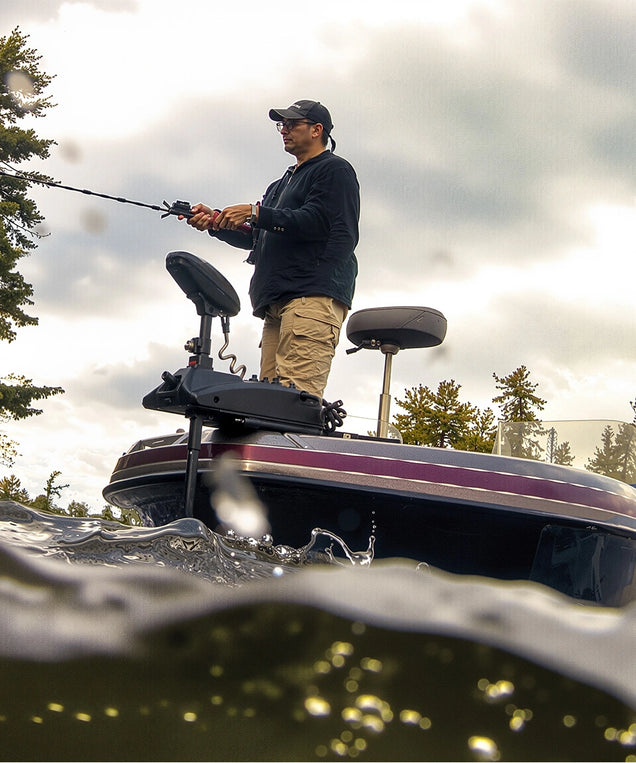How Fast Does A Trolling Motor Go
The speed of a trolling motor depends on factors like boat size, weight, and motor thrust. In this guide, we'll break down the typical speed ranges for different types of boats, factors that affect speed, and how to choose the right motor for your needs. Keep reading to find out how fast your trolling motor can really go and what influences its performance.
Table of Content
- Part 1. Factors That Affect Trolling Motor Speed
- Part 2. How to Choose the Right Trolling Motor for Speed
- Part 3. Typical Speed Ranges for Trolling Motors
- Part 4. How To Optimize Trolling Motor Speed
- Part 5. In Conclusion
- Part 6. FAQS
Part 1. Factors That Affect Trolling Motor Speed
1.1 Boat Size and Weight
Larger, heavier boats require more thrust to reach the same speed as smaller, lighter ones. For example, a 10-foot kayak will reach higher speeds with a smaller motor compared to a 20-foot pontoon boat. The right battery size for your trolling motor depends on the weight and size of your boat. Batteries with higher amp-hour (Ah) ratings are needed for larger boats in order to supply sufficient power for prolonged operation.
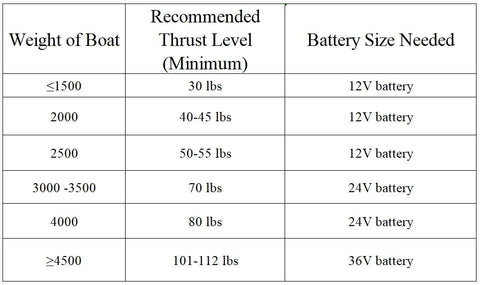
Related Reading: What Size Trolling Motor Do I Need [Type & Size]
1.2 Trolling Motor Thrust
It is typically measured in pounds and varies from around 30 pounds of thrust for small boats to 80 pounds or more for larger vessels. A higher thrust motor can move a heavier boat more quickly, but it may also use more power. Therefore a larger capacity battery is required to adequately meet the power requirements of the motor.
1.3 Water Conditions
The type of water you're navigating affects trolling motor speed. Calm, clear water allows for faster speeds compared to choppy or turbulent water, which can slow the boat down. Wind and currents also have an impact on how fast you can go, even with the most powerful trolling motor. Consider how the water conditions affect your boat’s movement. If you often boat in windy or rough waters, you may need a stronger motor to maintain a good speed.
1.4 Voltage of the Trolling Motor
Trolling motors come in 12V, 24V, and 36V configurations. Generally, a higher voltage motor offers more thrust and can propel the boat faster. A 12V trolling motor is typically used for smaller boats, while larger boats often benefit from 24V or 36V systems.
Related Reading: [Full Guide] Trolling Motor Battery System: 12V, 24V, or 36V?
Part 2. How to Choose the Right Trolling Motor for Speed
2.1 Boat Type and Weight
The size and weight of your boat will directly impact how fast you can go with a trolling motor. Be sure to choose a motor with the right amount of thrust based on your boat’s weight. As a rule of thumb, aim for 2 pounds of thrust for every 100 pounds of your boat's weight.
When it comes to choosing the right battery for your trolling motor, Power Queen's lithium trolling motor battery offers outstanding performance and durability. Designed with advanced features, this battery provides low-temperature cutoff protection, ensuring it will not charge at temperatures below 0°C, which helps maintain its life in cold weather conditions. Whether you need a 12V battery for kayaks with 30-70 lbs of thrust, a 24V battery for bass boats with 70-100 lbs of thrust, or a 36V battery for fishing boats with 100-120 lbs of thrust, Power Queen’s Lithium Trolling Motor Battery is engineered to meet.
| Voltage of Motor | Motor Thrust | Recommended Max Amp of Batteries | Recommended Power Queen LiFePO4 Batteries | Recommended Reasons |
|---|---|---|---|---|
| 12V | 20 ~ 30 lbs | 50A | Power Queen 12V 50Ah Lithium Battery | Cost-effective |
| 12V | 30 ~ 70 lbs | 100A | Power Queen 12V 100Ah Lithium Battery | Cost-effective, Low-temp, Lighter |
| 24V | 70 ~ 100 lbs | 100A | Power Queen 24V 100Ah Lithium Battery | Cost-effective |
| 36V | 100 ~ 120 lbs | 100A | Power Queen 36V 50Ah Lithium Battery | One single battery is enough |
2.2 Desired Speed
If you need speed for covering long distances, consider upgrading to a trolling motor with higher voltage and thrust. However, if speed is not your top priority and you just need control for fishing, a smaller motor might suffice.
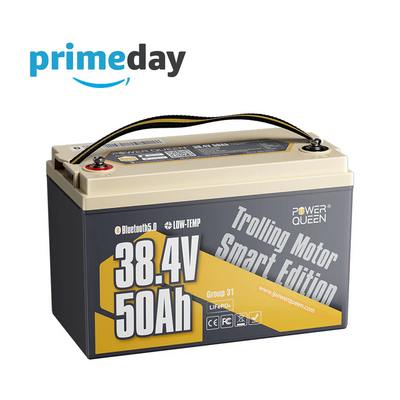

Part 3. Typical Speed Ranges for Trolling Motors
3.1 Small Boats (Kayaks and Canoes)
For small boats like kayaks or canoes, the speed typically ranges from 3 to 5 mph. These boats are light, and with a trolling motor that offers 30 to 55 pounds of thrust, you can reach a comfortable cruising speed suitable for fishing or leisurely paddling.
3.2 Medium Boats (Jon Boats and Small Fishing Boats)
For medium-sized boats, such as 14 to 16-foot jon boats or small fishing boats, you can expect a speed between 5 to 7 mph. Motors with 55 to 70 pounds of thrust are typically used for these boat sizes, providing enough power to overcome the weight and reach a reasonable speed.
3.3 Larger Boats (Pontoon Boats and Bigger Fishing Boats)
Larger boats, including pontoon boats and bigger fishing vessels, require motors with higher thrust to achieve speeds of around 3 to 5 mph. These boats are heavier, so motors with 80 to 100 pounds of thrust (or more) are often needed.
It might be necessary to use 27 or 31 pack batteries for larger boats with more powerful motors and greater loads. 27-pack batteries usually have a capacity of 90–105 Ah and measure about 12 x 6.75 x 8.88 inches. With a capacity range of 100-125 Ah, 31 pack batteries are larger, usually measuring 13 x 6.81 x 9.44 inches. For reference, the BCI battery size format is as follows.
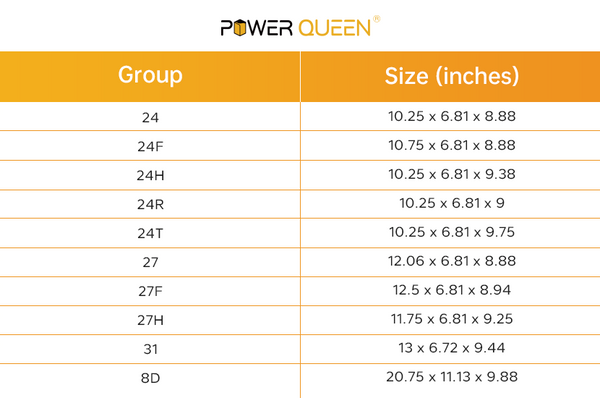
Part 4. How To Optimize Trolling Motor Speed
- Choose the Right Thrust: Ensure your motor has the appropriate thrust rating for your boat’s weight and size.
- Maintain Your Motor: Regular maintenance, like cleaning the propeller and checking battery health, can help keep the motor running efficiently.
- Optimize Water Conditions: Trolling motors perform best in calm waters, so try to avoid strong currents or choppy conditions.
Part 5. In Conclusion
The speed of a trolling motor will vary based on several factors, including thrust, boat size, water conditions, and battery voltage. Understanding the factors that affect speed can help you choose the right motor for your needs and maximize your trolling motor's performance.
Part 6. FAQS
6.1 Can a trolling motor go faster than 5 mph?
Trolling motors are designed for slow, controlled speeds, typically not exceeding 5 mph. If you need faster speeds, consider an outboard motor, which can reach 25 mph or more. Trolling motors are perfect for fishing and leisurely activities but are not built for high-speed travel.
6.2 What is the best trolling motor speed for a kayak?
For a kayak, a trolling motor with 30 to 55 pounds of thrust is usually sufficient, and it can propel the kayak at speeds of 3 to 5 mph. This speed is ideal for maintaining control while fishing or exploring calm waters.
6.3 What trolling motor size is best for a 16-foot boat?
For a 16-foot boat, a trolling motor with 55 to 70 pounds of thrust is ideal. This motor will provide enough power to overcome the weight of the boat and allow for speeds of 5 to 7 mph, depending on the water conditions.
6.4 What is the difference between a 12V, 24V, and 36V trolling motor?
The main difference between these types of trolling motors is their voltage and thrust. A 12V motor is typically used for smaller boats, while a 24V motor is better for medium-sized boats, providing more thrust and power. A 36V motor is designed for larger boats, offering even more thrust and the ability to move heavier vessels at higher speeds.
6.5 Can trolling motors be used in rough water?
Trolling motors can be used in rough water, but strong currents and choppy waves will reduce their speed and efficiency. If you frequently boat in windy or rough conditions, it’s best to use a higher-thrust motor for better control and stability.
6.6 How do I maintain the speed of my trolling motor?
To maintain the speed of your trolling motor, ensure it’s properly maintained. Regularly clean the propeller, check the battery, and make sure the motor is free of debris. Also, try to avoid using the motor in rough water conditions, as calm waters will allow for better performance and faster speeds.
